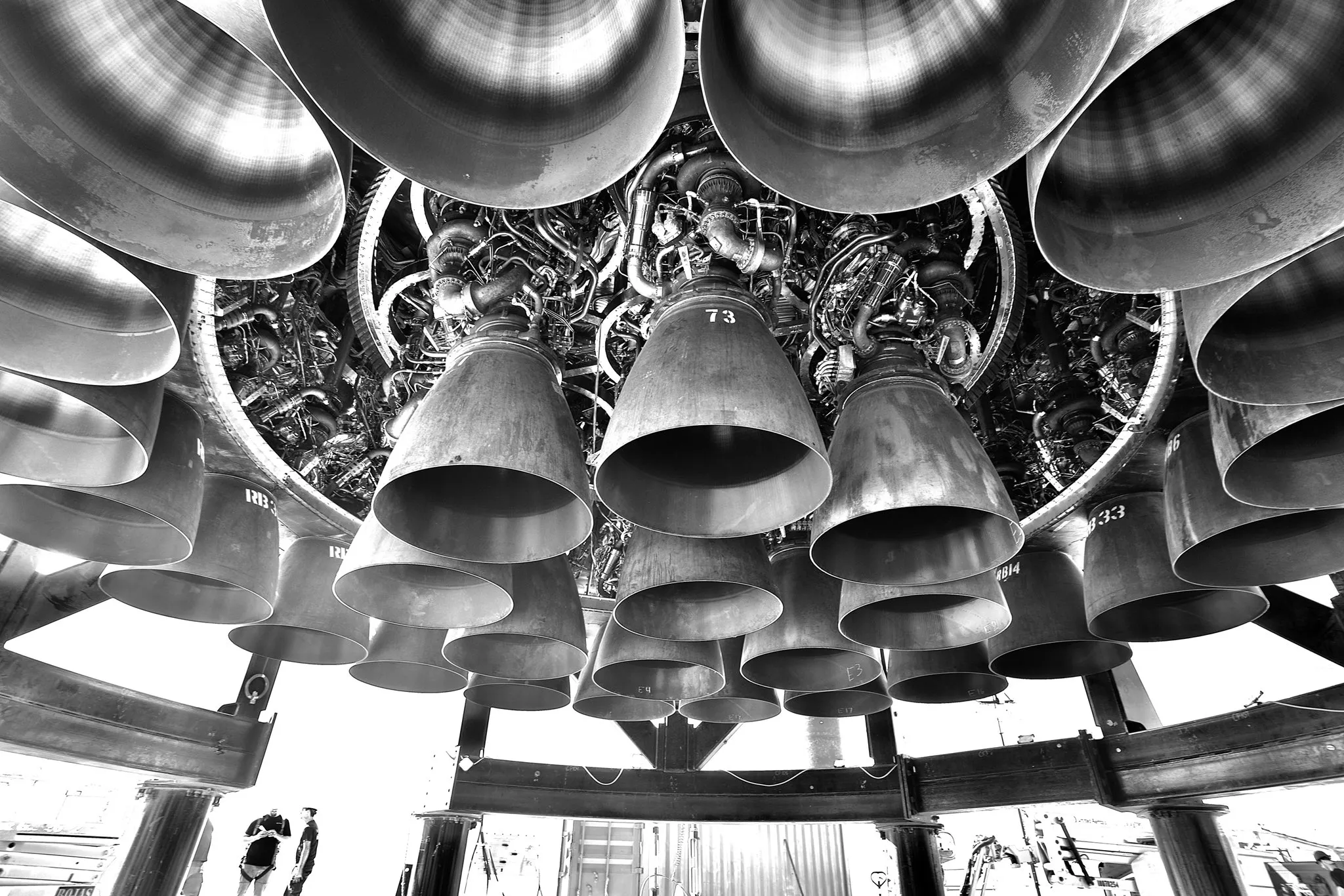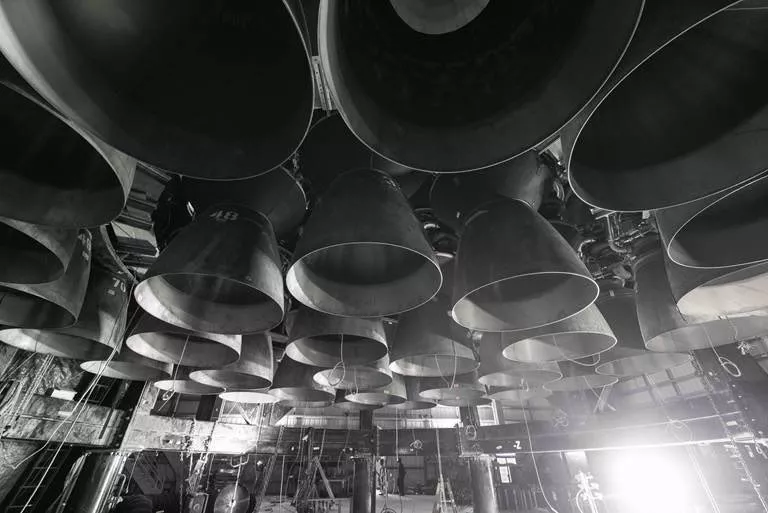As part of its rapid development in boccachka, Texas, SpaceX is gradually approaching the first stage booster that ignites its starship launch vehicle platform Starship is the super heavy rocket of SpaceX. It not only plans to replace the company's existing Falcon 9 team, but also can carry out interstellar missions.

It will use 33 rocket engines to power the first stage booster. In this regard, SpaceX CEO Elon Musk recently shared a new picture showing that all these engines are installed on rockets. This marks a key step for the test booster, which has become the center of the high-profile orbital test flight, which will lay the foundation for the future of SpaceX.
It is reported that the Starship rocket consists of two parts. At the bottom is a super heavy booster, which will use 33 engines to lift it off; At the top is starship. Once the whole rocket leaves the earth's gravity, it will separate.
Now, the heat is around the Starship booster 7, a prototype of SpaceX, which is currently being tested for its ability to withstand operating pressure. Now, in a new picture shared recently, musk revealed that SpaceX seems to have completed the installation of all 33 engines on the rocket.
Installing the engine is the next step in preparation for the booster's critical testing, which will test its fuel and propulsion systems. Compared with other rockets that use two or four engines, the Starship system is much more complex due to the existence of many engines. However, SpaceX also has rich experience in this area, because it is the first and only entity in the world that regularly flies a single rocket booster with nine engines - this design has also been praised by NASA.

Before SpaceX ignites its rocket for the first time, some tests are required to install the engine. This includes transporting boosters to the launch site and conducting wet rehearsals prior to critical static ignition tests. Wet rehearsals include fueling the rocket and ensuring that all ground systems are ready before the launch attempt.
In addition, musk also shared that all 33 engines can generate 230 metric tons of thrust. This will mean that SpaceX has tested all of these engines without any problems. The rumored gossip indicates that the company is facing problems with the combustion chamber of the Raptor 2 engine. This is part of the rocket. Its fuel (methane) and oxidant (liquid oxygen) are mixed and ignited after passing through a series of complex pipelines and pressure pumps.
According to the grapevine, the chamber will melt under high pressure. However, as they are unproven, the forthcoming static fire tests will provide key information.
Starship is one of the largest rockets in the world. When fully stacked, it will weigh an astonishing 5000 tons or 5 metric tons. SpaceX makes rockets by rolling steel plates into cylinders, stacking them together, and then welding them. The company is still waiting for the FAA to complete an environmental review of its facilities before it can apply for a launch license.